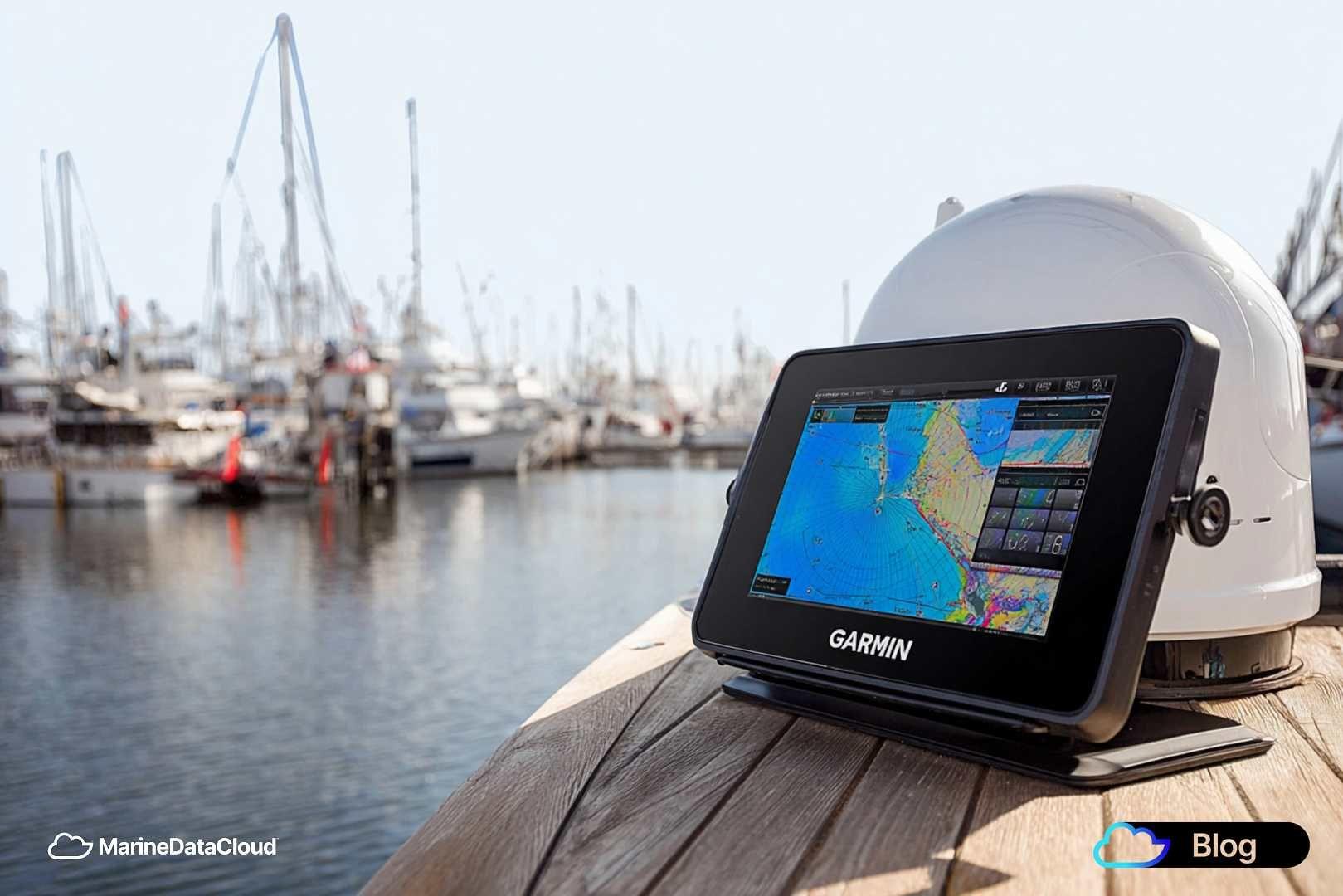Technology for Safer Sea Navigation: Steering into the Digital Horizon

Technology for Safer Sea Navigation: Steering into the Digital Horizon
In the age of Maritime 4.0, the seascape is shifting beneath our very hulls. Gone are the days when a captain’s only companions were a sextant, a compass, and a weathered chart. Today’s mariner stands at the helm of a digital bridge, commanding a flotilla of sensors, artificial intelligence, and integrated systems—all working in concert to chart safer, smarter courses across the world’s oceans.
Let’s hoist the signal flags and survey the cutting-edge technologies revolutionising sea navigation, ensuring every voyage is as safe as a well-tended ship in a storm.
Integrated Bridge Systems: The Nerve Centre of Modern Navigation
The Integrated Bridge System (IBS) is the digital heart of the contemporary vessel. By uniting radar, Electronic Chart Display and Information Systems (ECDIS), Automatic Identification System (AIS), and a suite of navigation sensors, IBS offers a panoramic view of a ship’s status and surroundings. This integration streamlines decision-making, reduces human error, and delivers early warnings of hazards—whether it’s a rogue container or a looming reef.
- ECDIS provides real-time charting and route planning, constantly updated to reflect new hazards and regulatory changes.
- AIS transmits and receives vessel data, allowing for precise tracking and identification, even in congested waters[4][8].
- Radar and Sonar systems pierce fog and darkness, detecting both surface and submerged threats, while thermal and infrared cameras add another watchful eye when visibility drops.
AI and Machine Learning: The Digital Quartermaster
Artificial Intelligence (AI) is fast becoming the trusted quartermaster on the bridge. Today’s AI-driven systems do more than just crunch numbers—they predict, prevent, and protect:
- Collision Avoidance: AI analyses radar, AIS, and camera feeds to spot and classify obstacles, recommend course changes, and, in some systems, autonomously alter a vessel’s heading to avoid danger.
- Predictive Analytics: By processing real-time and historical data, AI can forecast adverse weather, equipment failures, and navigational hazards, enabling proactive decisions that keep crew and cargo safe.
- Route Optimisation: Modern algorithms plot the most efficient and safest course, factoring in weather, currents, traffic, and even emissions targets—truly a navigator’s dream.
IoT and Smart Sensors: A Ship’s Digital Lookouts
The Internet of Things (IoT) has transformed ships into floating data centres. Smart sensors monitor everything from hull stress and engine health to sea state and atmospheric conditions. This constant stream of data is the lifeblood of predictive maintenance and situational awareness, allowing crews to address issues before they become emergencies.
- LIDAR and advanced detection systems create a virtual shield, mapping obstacles with laser precision—even in the densest fog or busiest fairway.
- Remote monitoring gives both onboard and shoreside teams a real-time window into vessel operations, supporting rapid intervention when anomalies arise.
Autonomous and Assisted Navigation: The Next Evolution
Autonomous Surface Ships (MASS) are no longer a distant vision—they’re charting their own courses today. These vessels leverage AI, advanced inertial navigation systems, and remote operation centres to reduce the risk of human error and enhance safety, especially in hazardous or high-traffic zones.
- Autonomous docking and emergency auto-stop features offer precision and rapid response, ensuring safe manoeuvres in tight harbours or when a man overboard is detected.
- Inertial Navigation Systems (INS), like the latest from Anello Photonics, provide reliable positioning even when GPS signals falter, ensuring safe passage through GPS-denied waters.
Real-Time Data and Collaborative Safety
Projects like the EU’s OCEAN Project exemplify the future: near real-time data sharing, predictive hazard detection, and human-centred design. By integrating hydrophones, satellite imagery, and AI-driven models, mariners receive actionable alerts about hard-to-see dangers—be it whales, debris, or shifting sandbanks—before they become threats.
Cybersecurity: Guarding the Digital Quarterdeck
As ships become more connected, the threat of cyber-attacks grows. Robust cybersecurity protocols—encrypted communications, threat detection, and crew training—are now as essential as a sturdy hull, safeguarding both vessel and the global supply chain.
TheBoatApp Perspective: All Hands on Deck for the Digital Age
For the tech-savvy mariner, these innovations are more than gadgets—they’re the rigging and sails of a new era. With all critical data at your fingertips, you can navigate with the confidence of a seasoned captain and the precision of a digital navigator. The future is not just about avoiding rocks and reefs; it’s about harnessing technology to make every crossing safer, greener, and more efficient.
As we set our course toward the digital horizon, one thing is clear: the safest ship is the one that’s connected, informed, and ready to adapt—no matter what the sea throws at her.